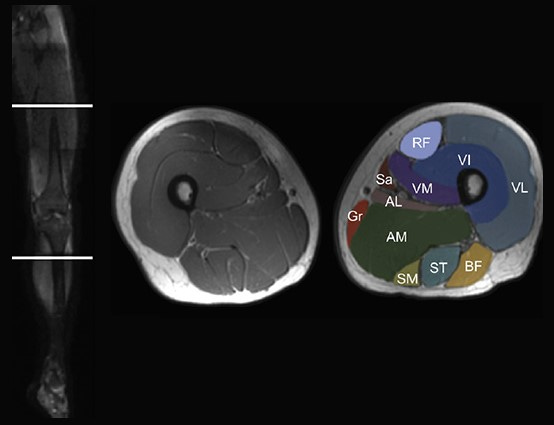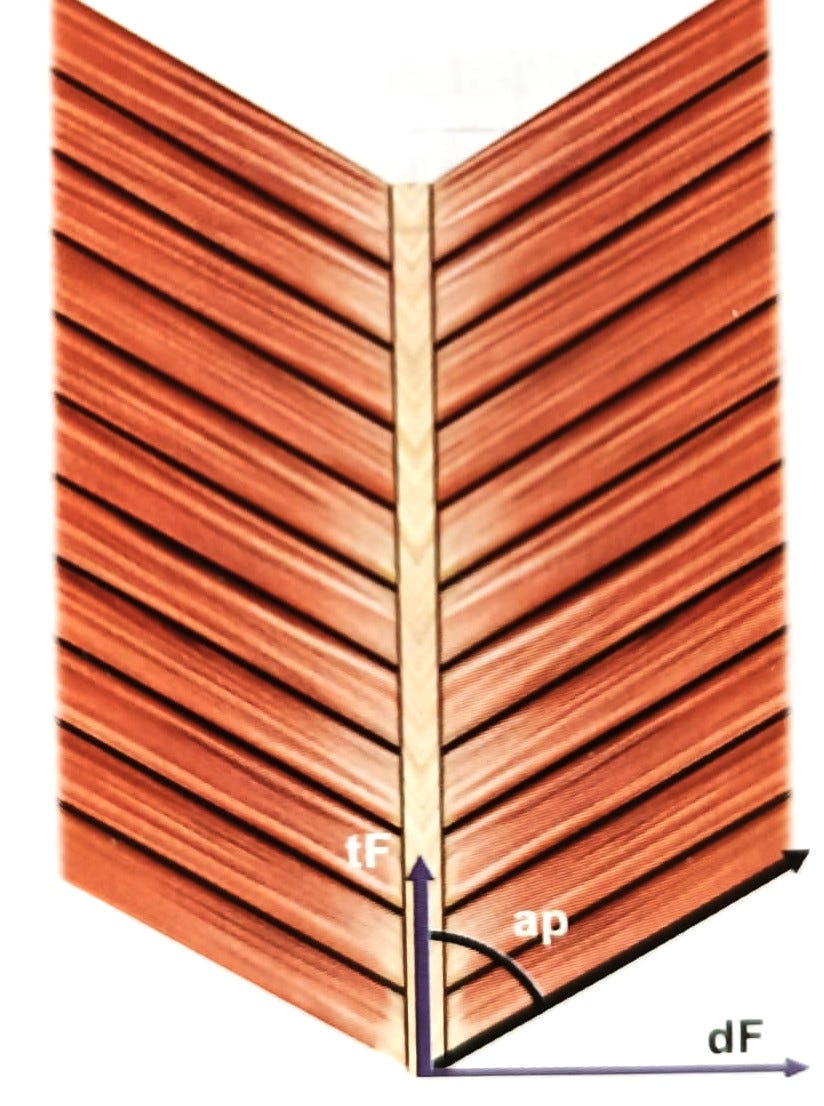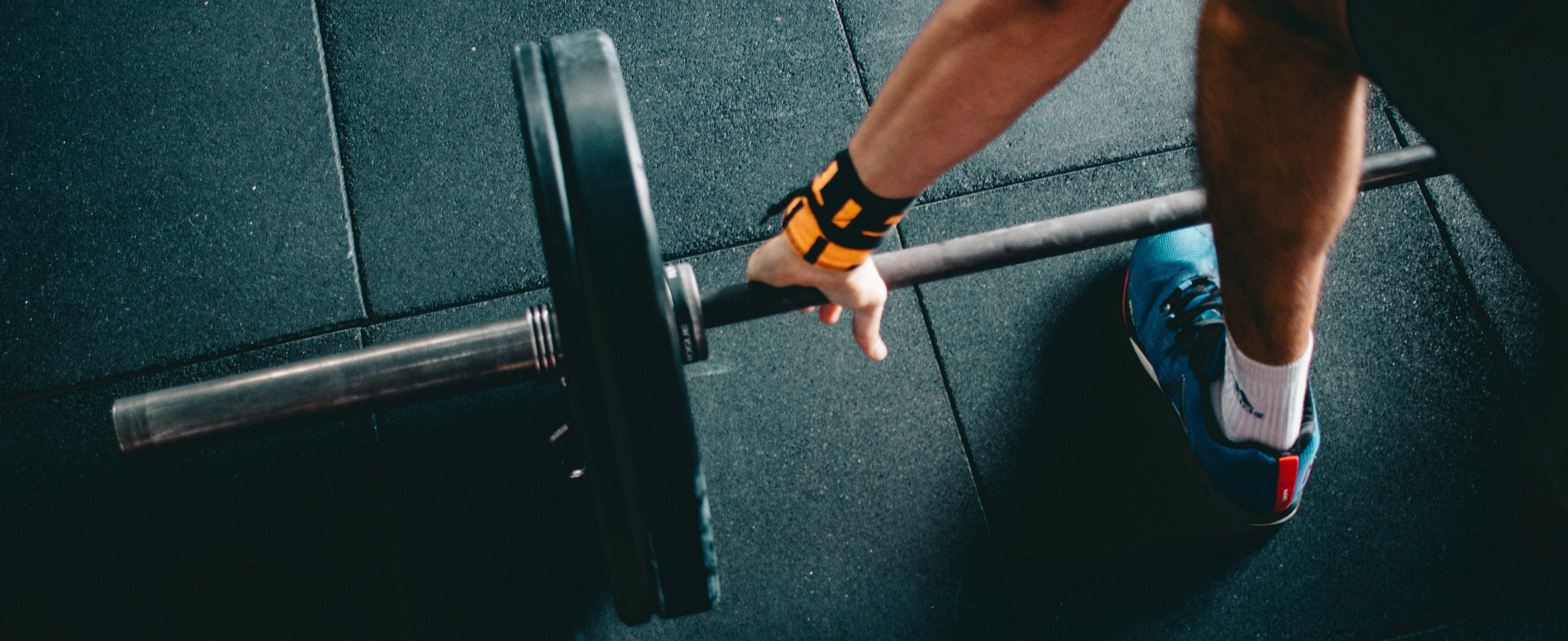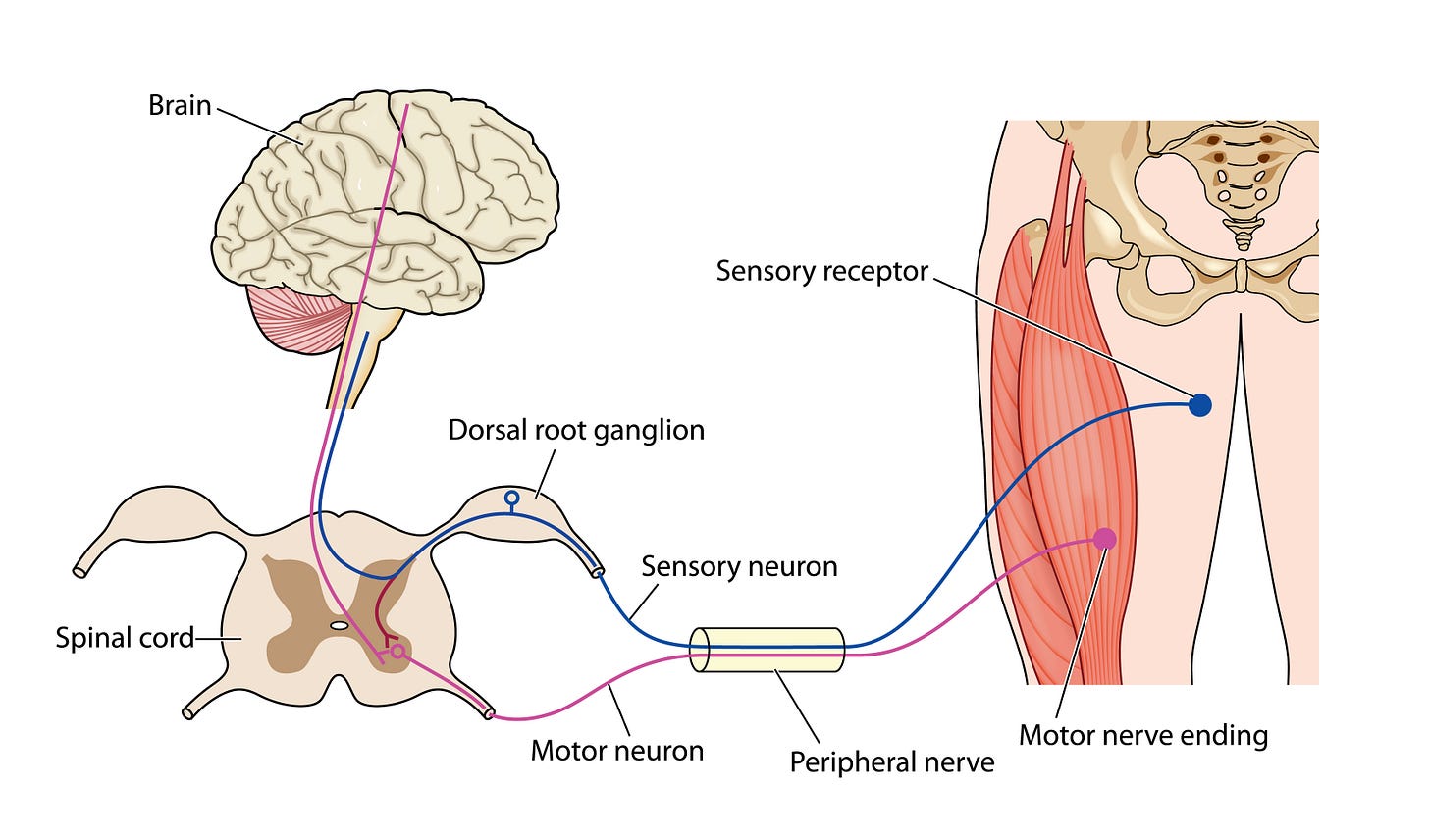The Science Behind Muscle Development: A Comprehensive Guide to Strength Training
Strength training is gaining popularity as more people recognize its benefits towards achieving their fitness goals. However, there's often a lack of understanding about the specific changes that occur in muscles with each set and repetition. This article aims to shed light on these processes, setting the foundation for muscle growth and adaptation. We will explore various types of strength training and how they can help you reach your fitness goals, from hypertrophy to endurance training. Let's dive into the science behind muscle development to make informed fitness decisions.
To comprehend how muscles develop and adapt to strength training, it's crucial to understand the underlying mechanisms. This requires examining muscle, neuromuscular, and biomechanical factors. Muscle factors refer to muscle architecture, influencing force generation and contraction speed, thereby guiding training strategies. Understanding the neuromuscular aspect involves comprehending motor unit recruitment and fibre types. Meanwhile, biomechanical principles provide insight into movement efficiency by taking into account torque production and joint mechanics. By incorporating this understanding into training and rehabilitation methods, performance outcomes are ultimately improved while musculoskeletal health is protected.
Muscle fibres are essential for a muscle's ability to generate force, as they provide the mechanical effort when contracted. Within these fibres, we find small myofibrils composed of sarcomeres, which play a significant role in muscle contraction. Sarcomeres consist of two contractile proteins, myosin and actin. When a muscle contracts, these proteins form bonds known as cross-bridge formation, allowing the muscle to generate active tension (Figure 1). Consequently, the number of cross-bridges formed correlates with the force a muscle generates. Another crucial aspect to consider regarding muscle factors is its architecture. It's essential to examine its cross-sectional area, which allows for an analysis of the factors influencing muscle contraction (Figure 2). The pennation angle, the smallest angle between muscle fibres and the connecting tendon, helps determine force transfer efficiency (Figure 3). Additionally, the length of muscle fascicles impacts the speed of muscle contraction. Therefore, muscle architecture significantly influences an individual's performance. Longer fascicle lengths and smaller pennation angles result in faster contractions, although with less force [1].



From a neuromuscular perspective, nerve cells known as alpha motoneurons facilitate the connection between the Central Nervous System (CNS) and the muscle (Figure 4). These nerve cells extend from the spinal cord into the muscle interior, forming what is called a motor unit (MU) comprising the motoneuron and the muscle fibres it innervates. The fibre composition of these motor units varies both structurally and functionally, resulting in three different types of muscle fibres. Type I fibres are more resistant but have a lower force-generating capacity; type 2A fibres possess some force-generating ability and resistance; and type 2X fibres exhibit a higher force-generating capacity but less resistance. Consequently, motor units are recruited gradually to execute specific contractions. Type I fibres are recruited initially due to their lower excitation threshold, while type 2X fibres are recruited last due to their higher threshold. As the need for force production increases, the CNS heightens stimulation, leading to the recruitment of larger motor units during intense or rapid contractions. This recruitment process is closely linked to the frequency rate at which the CNS sends signals, thereby a higher frequency rate corresponds to a more intense contraction of fibres [1].
Biomechanical factors are essential in understanding force production as they explain why force output changes at different joint angles. To perform movement, a moment of force, or torque, is required, which is determined by both force magnitude and lever arm distance from the rotation axis. Simply put, greater force or a longer lever arm produces more torque. This moment of force is directly related to inertia (resistance to movement) and acceleration. As a result, the distance travelled and speed are two factors that influence the force needed to move a load. A longer distance or faster speed requires more energy consumption. Therefore, increasing exercise difficulty and energy expenditure can sometimes be achieved not by explicitly increasing the load, but by adjusting techniques [1].
Considering muscular, neuromuscular, and biomechanical factors, we can understand the different types of strength manifestation, each tailored to specific demands and objectives. Maximal strength represents the highest point at which force can be produced, emphasizing the ability to apply maximum force against resistance. This skill is crucial for tasks such as lifting heavy weights. Rapid strength includes reactive strength, power, and rapid force development (RFD), emphasizing quick force application. This is essential for explosive movements like jumping or weightlifting snatches. Resistance strength, however, emphasizes endurance by highlighting sustained force production over extended periods, crucial for sports requiring prolonged effort, such as distance running or repetitive lifting.
Maximal strength serves as the foundation for developing any kind of strength, with strategies aimed at increasing muscle mass, also known as hypertrophy. Therefore, it's crucial to use a training stimulus that promotes long-term muscle growth. This stimulus is based on three factors: metabolic stress, mechanical tension, and muscle damage. Metabolic stress is created at submaximal levels, causing myofibril damage, inflammation, and eventually, increased growth response. Thus, a suitable stimulus to induce these adaptations should include submaximal loads, typically in the range of 6–12 reps, performed for 5 sets, separated by 60–90 seconds of rest [2].
While maximal strength serves as the foundation for developing various types of strength, it's crucial to personalize the strategies for rapid strength development. Rapid strength requires optimal neuromuscular synchronization and faster force development speeds. To effectively generate rapid strength improvements, training methods should focus on high-velocity movements, such as plyometrics or Olympic weightlifting variations. Hence, to effectively develop rapid strength, the prescription should prioritize executing movements at maximum speed. Load selection should correspond to the specific sport requirements and movements performed. The number of reps should be reduced to 3 to 6 repeated in 3 to 5 sets, with a 2-to-3-minute recovery break between sets [3].
Resistance strength, on the other hand, involves lower intensity but higher exercise volumes. This strategy aims to enhance the neuromuscular system's endurance against fatigue, enabling longer-lasting strength performances. Adaptations include an increase in the muscle's capillary network, mitochondrial density, and an increase in molecules having an energetic impact on the muscle, thus making it more resistant to long-duration actions. To develop this strength, lower loads of around 20%-60% of the maximum rep should be prescribed, but with a high number of reps of 20 to 30 per set, totalling 3 to 6 sets with rest intervals of 30 to 60 seconds [1].
In conclusion, this strength training post has provided insight into the complex processes behind muscle development and adaptation. We've examined the components influencing force production and the varied types of strength manifestation. Understanding these principles allows us to make more educated decisions about our fitness goals and training programs. Whether the goal is to gain muscle mass, improve explosive power, or enhance endurance, personalized approaches can effectively optimize strength development. Equipped with this information, we can embark on our fitness journey with clarity and purpose, achieving our objectives with confidence and commitment. If you're curious to delve deeper into the mechanisms of each training type, feel free to leave a comment so we can explore further.
🤔What questions can I answer after reading this article?🤔
What are the muscle, neuromuscular and biomechanical factors behind muscle development and adaptation?
What are the types of strength manifestation?
How can I develop maximal strength/hypertrophy?
How can I develop rapid strength?
How can I develop resistant strength?
References:
Pedro Mil-Homens, P. P. (2019). Treino da Força: Principios Biológicos e Métodos de Treino. Volume 1. Lisboa: Faculdade de Motricidade Humana.
Schoenfeld B. J. (2010). The mechanisms of muscle hypertrophy and their application to resistance training. Journal of strength and conditioning research, 24(10), 2857–2872. https://doi.org/10.1519/JSC.0b013e3181e840f3
Cormie, Prue; McGuigan, Michael R.; Newton, Robert U. (2011). Developing Maximal Neuromuscular Power. Sports Medicine, 41(2), 125–146. doi:10.2165/11538500-000000000-00000





